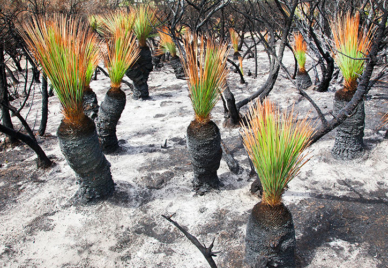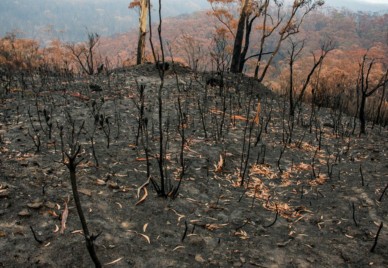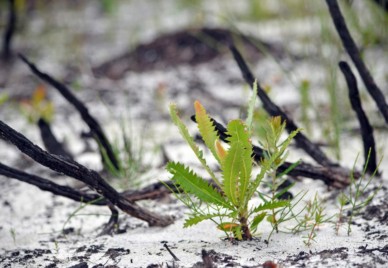
The Challenge
Australia’s State of the Environment (SoE) report is produced every 5 years to meet the federal government’s statutory reporting obligations. It relies extensively on high-quality national biodiversity and environmental data. Integrating data from NCRIS facilities like the Atlas of Living Australia (ALA), the Terrestrial Ecosystem Research Network (TERN) and the Integrated Marine Observing System (IMOS) will support reporting and analysis needs and any future environmental prediction system.
The Response
Launched in mid-2022, EcoAssets serves a policy- and industry-ready collection of open, integrated biodiversity and monitoring activity datasets from ALA, TERN and IMOS that are findable, accessible, interoperable and reusable (FAIR). This will add significant value to the SoE report and other activities such as environmental accounting and impact assessments.
The EcoAssets project has achieved the following:
Priority data assets have been refined for ALA, TERN and IMOS, respectively.
Internal data pipelines for ALA, TERN and IMOS have been enhanced to feed into EcoAssets and deliver early versions of the data assets.
Versioned access, including presentation via an online summary catalogue, is in place for the data assets.
Data assets are now available for use and reference by SoE chapter authors.
Data pipelines have been established as part of the persistent and lasting data infrastructure for ALA, TERN and IMOS.
The data assets can now be discovered through national information platforms including the ARDC Research Data Australia, the ARDC-supported EcoCommons, NSW Seed, and data.gov.au. Plans are in place for discovery through international platforms.
The Outcomes
Access EcoAssets, which has 7 species distribution datasets and 4 monitoring effort datasets publicly and freely available for biodiversity reporting and assessment. Data linkages and summary formats are in place for easy access. Data pipelines have also been created to ensure each data asset can be updated at regular intervals.
Who Will Benefit
Researchers, research organisations, government (state/territory and federal) and data analysts will benefit from the project’s core features, namely:
- improvements to data pipelines that offer standard views of the biodiversity component of data collected during TERN and IMOS field programs for aggregation with ALA data streams
- aggregation of similar data about species distribution and monitoring activities from partners that will serve as reference assets and a baseline for future environmental assessment
- a single set of data for major environmental products from the NCRIS infrastructures with standardised metadata, spatial and temporal units and other facets to support SoE.
The Partners
- ALA
- TERN
- IMOS
- Australian Government Department of Climate Change, Energy, the Environment and Water (DCCEEW)
Further Resources
- Read a brochure about EcoAssets.
- Learn more about the State of the Environment report.
- Discover:
Contact the ARDC
Timeframe
Current Phase
ARDC Co-investment
Project lead
Categories
Research Topic
Related Case Studies






